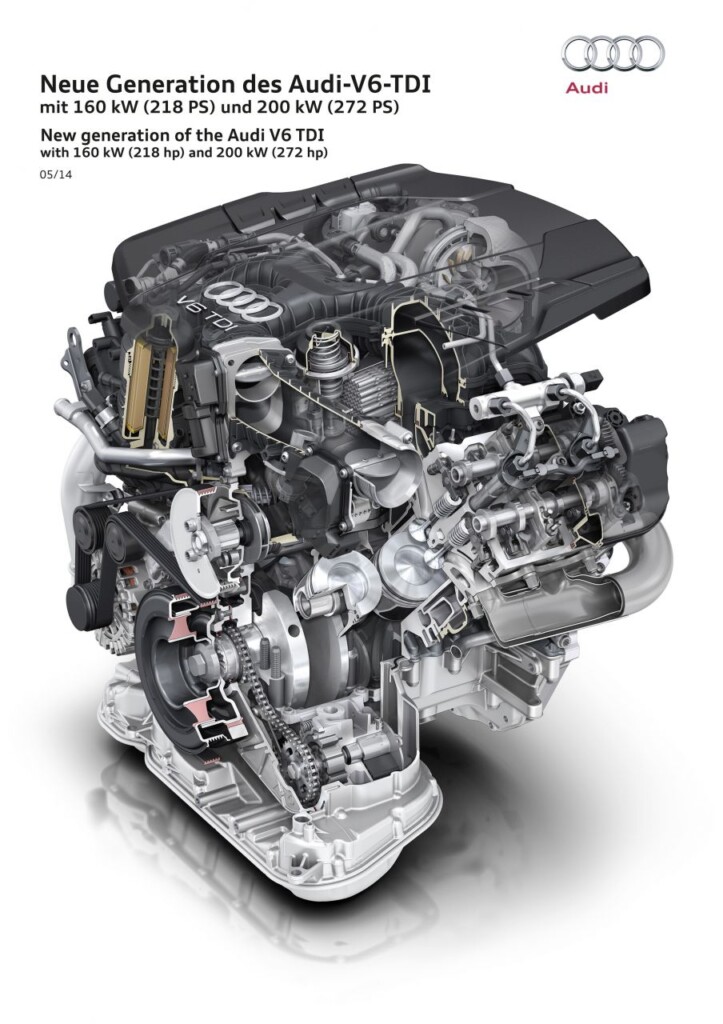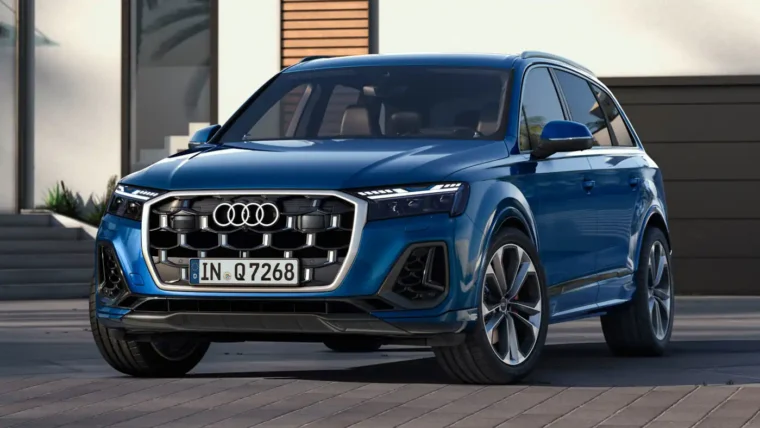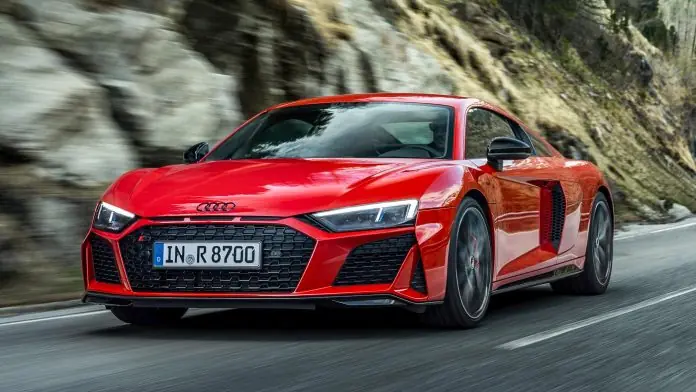Audi presents the latest generation of its 3.0 TDI engine at the 35th International Vienna Motor Symposium May 8 and 9. The V6 diesel boasts innovative solutions in many fields of technology.
As Prof. Rupert Stadler, Chairman of the Board of Management of AUDI AG, explains: “TDI engines are a central part of our technology mix for the mobility of tomorrow. We have continued to perfect this technology over several decades and believe there is still potential for increasingy efficiency in the future too.”
“The new 3.0 TDI substantiates our claim as the leader in diesel technology,” said Prof. Dr. Ulrich Hackenberg, Member of the Board of Management of AUDI AG, Technical Development. “We have led the competition ever since the first TDI engine 25 years ago, and are constantly extending this lead with new ideas.”
Audi offers the exhaust turbocharged V6 in two versions producing 218 hp and 272 hp. It features a 90‑degree cylinder bank angle and a displacement of 2,967 cc. Peak torque is as much as 600 Nm depending on the model. Although the new 3.0 TDI is significantly more powerful than its predecessor, it is – again depending on the model – as much as 13 percent more fuel efficient.
The new V6 diesel is packed with numerous high‑end features. The piston rings and pins have been optimized for minimal friction. The crankcase and the newly designed cylinder heads have separate coolant loops. The updated, innovative thermal management system improves efficiency even further. The turbocharger and the fully variable‑load oil pump have also been updated. For the first time in automotive history, a NOx storage catalytic converter has been combined with a diesel particulate filter and SCR injection in a single assembly.
The exhaust gas after‑treatment integrated into the engine package satisfies the most stringent of emissions legislation, including the Euro 6 standard. It also reduces CO2 emissions by an average of 15 grams. This improvement earns the 3.0 TDI the “clean diesel” suffix.
The Audi lineup offers a broad choice of diesel engines with four, six and eight cylinders. It begins with the 1.6 TDI, includes the 2.0 TDI and 3.0 TDI, and tops out with the 4.2 TDI producing 385 hp and 850 Nm of torque in the Audi A8 [7.4 l/100 km, 194 g CO2 per km]. All of these engines combine ample power with groundbreaking efficiency, particularly in the 13 ultra models currently available. The Audi A4 1.6 TDI ultra, for example, consumes on average just 3.2 liters of fuel per 100 kilometres [85 grams CO2 per km]. These same figures for the A4 2.0 TDI ultra are 4.0 liters per 100 kilometres [104 grams CO2 per km] and for the A6 2.0 TDI ultra with S tronic 4.4 liters per 100 kilometres [114 grams CO2 per km].
Audi continues to honor a small tradition with the presentation of the new 3.0 TDI engine at the 35th International Vienna Motor Symposium taking place May 8 and 9 at the Congress Center Hofburg. The company presented its five‑cylinder TFSI engine here in 2009 and in 2010 the (at that time) new 3.0 TDI. The premieres of the 3.0 TDI biturbo and the new 1.8 TFSI followed in 2011. Audi presented the 4.0 TFSI in 2012, and the company first presented the V6 TDI for the Audi R18 e‑tron quattro race car to the public at the 2013 Vienna Motor Symposium.
“The Vienna Motor Symposium offers us an excellent stage for our technologies,” said Dr. Stefan Knirsch, Head of Engine Development. “We can present our innovations and discuss them here with experts from all around the world.” Besides the new 3.0 TDI, Audi is also presenting another innovation in Vienna: a new seven-speed dual‑clutch transmission for models with longitudinal engines and front‑wheel drive. The latest-generation S tronic is extremely sporty, yet very comfortable. The newly developed dual-clutch transmission impresses with its high efficiency, reducing CO2 emissions by as much as 10 grams per kilometer.
Other posts by AF Newsdesk







